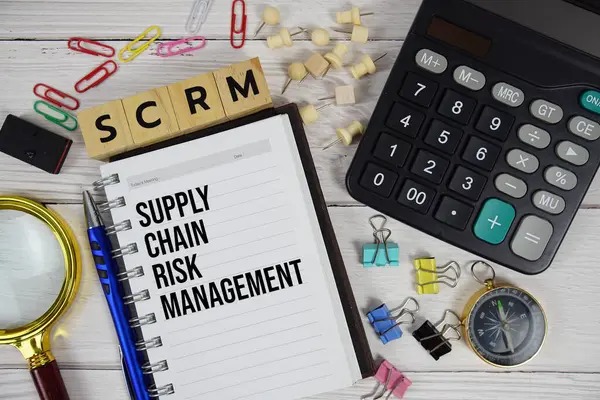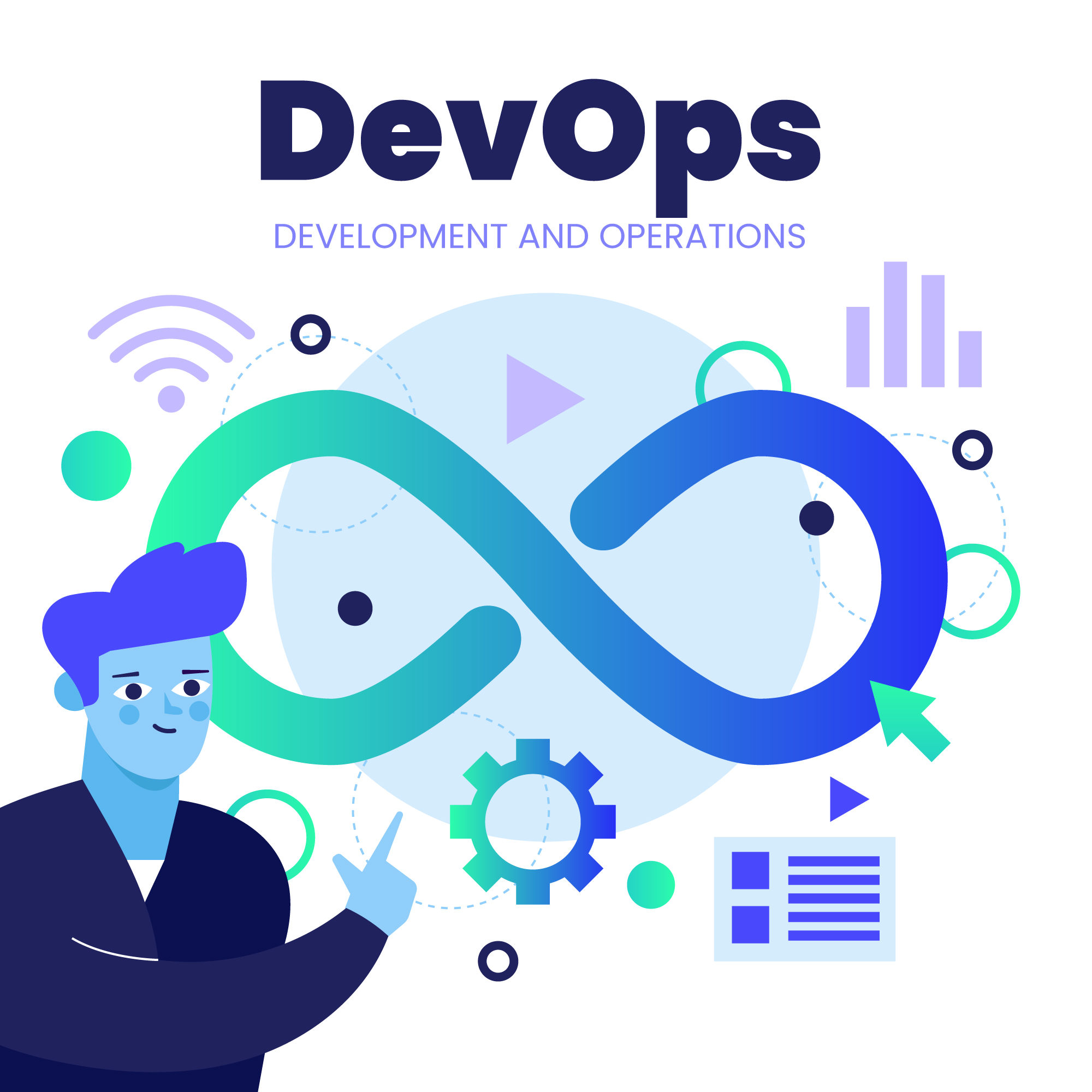Highlights
- SCRM software identifies and mitigates supply chain risks before disruptions intensify.
- It improves decision-making with real-time data, predictive analytics, and accurate forecasting.
- The software enhances supplier relationships through transparency and consistent communication.
- It reduces operational costs by optimizing inventory, logistics, and resource management.
- SCRM tools support compliance and crisis management to ensure smooth business continuity.
In today’s fast-paced global market, businesses face constant supply chain disruptions from supplier delays to geopolitical events. Supply chain risk management software helps companies anticipate risks, streamline operations, and make data-driven decisions to protect profitability. With real-time monitoring and predictive analytics, SCRM identifies issues before they escalate, saving time, resources, and reputation.
In this guide, we’ll explore practical steps to implement SCRM software effectively and maximize its benefits for your business.
Why Do Businesses Need Supply Chain Risk Management Software?
Businesses face increasing uncertainty in today’s global market. Delays in supplier shipments, transportation issues, or unforeseen geopolitical events can lead to operational inefficiencies and financial losses. Supply chain risk management tools help organizations:
- Identify potential risks before they escalate.
- Streamline communication with suppliers and partners.
- Optimize inventory and logistics to minimize disruptions.
With these capabilities, businesses can maintain continuity, protect their reputation, and stay competitive. Moreover, companies undergoing DevOps transformation often find that SCRM software complements their automated workflows and reduces operational downtime.
How Does SCRM Software Detect Risks Early?
SCRM software utilizes advanced algorithms and real-time monitoring to promptly identify potential risks. It can track supplier performance, logistics data, market trends, and external events. For example:
- Supplier delays: The software alerts managers when a supplier consistently misses deadlines.
- Political instability: SCRM tools can analyze news and reports to flag regions at risk.
- Natural disasters: Weather prediction integrations help businesses prepare for potential disruptions.
Can SCRM Software Improve Decision-Making?

Yes, one of the biggest advantages of SCRM software is its ability to turn data into actionable insights. Through dashboards, reports, and predictive analytics, managers can:
- Forecast demand and adjust inventory levels accordingly to meet customer needs.
- Choose the most reliable suppliers based on historical performance.
- Evaluate the impact of disruptions on operations and finances.
Additionally, integrating data migration can help centralize information from multiple sources, ensuring that decision-makers have accurate, real-time data. With this information, managers can respond proactively rather than reactively, improving efficiency and profitability.
How Does SCRM Software Enhance Supplier Relationships?
Maintaining strong relationships with suppliers is critical to a resilient supply chain. SCRM software helps by providing transparent performance data and early warnings about potential issues. This enables businesses to:
- Collaborate effectively with suppliers to resolve delays.
- Negotiate better terms based on supplier reliability.
- Build trust through consistent communication and accountability.
Strong supplier relationships reduce risks, improve delivery times, and enhance overall supply chain efficiency. Furthermore, companies offering platform engineering services can integrate SCRM software into supplier management platforms for even smoother coordination.
Can Supply Chain Risk Management Software Reduce Operational Costs?
Yes, implementing supply chain risk management software can significantly reduce operational costs over time, even though it requires an initial investment. By offering greater visibility and control across the entire supply chain, SCRM software helps businesses identify potential risks early and proactively avoid costly disruptions.
It also allows companies to prevent expensive last-minute logistics adjustments by enabling better planning and supplier coordination. Additionally, it helps optimize inventory management by maintaining ideal stock levels, minimizing holding costs, and reducing waste from overstocking or obsolescence. The software supply chain risk management also reduces losses caused by production downtime.
How Does SCRM Software Support Compliance?
Regulatory compliance is a crucial aspect of supply chain management. Non-compliance can result in fines, reputational damage, and operational disruptions. SCRM software assists businesses by:
- Tracking and monitoring compliance requirements across regions.
- Flagging potential violations in real-time.
- Maintaining records and reports for audits.
This ensures businesses comply with industry standards and local regulations, avoiding unnecessary penalties.
Does SCRM Software Help With Crisis Management?
Absolutely. Disruptions are inevitable, but SCRM software equips businesses to respond effectively. It allows companies to:
- Simulate different scenarios and plan responses.
- Communicate quickly with internal teams and suppliers.
- Track and manage recovery processes efficiently.
With SCRM software, companies can minimize downtime, reduce losses, and maintain operational continuity during crises.
Can Supply Chain Risk Management Solutions Improve Customer Satisfaction?

Yes. Supply chain disruptions often lead to delayed deliveries, stockouts, and dissatisfied customers. By preventing these issues, SCRM software directly improves customer satisfaction. Businesses can:
- Deliver products on time consistently.
- Maintain transparency with customers about potential delays.
- Enhance trust and brand loyalty by demonstrating reliability.
A stable and well-managed supply chain translates into better customer experiences and higher retention rates. Moreover, combining CI/CD development tools with SCRM can further streamline product delivery and customer satisfaction.
Summary
Supply chain risk management software is no longer a luxury; it’s a necessity. It allows businesses to anticipate disruptions, enhance supplier relationships, reduce costs, and maintain compliance. By investing in SCRM tools, companies can improve their supply chain management, ensure operational continuity, and deliver a superior customer experience.
FAQs
What Types of Businesses Can Benefit from SCRM Software?
Any business that relies on suppliers, logistics, or distribution can benefit from SCRM software, including those in manufacturing, retail, healthcare, and technology.
How Quickly Can SCRM Software Be Implemented?
Implementation timelines vary depending on the complexity of your supply chain and integration needs, but many solutions can be deployed within weeks with proper planning.
Does SCRM Software Require Technical Expertise?
Yes, most modern SCRM software is user-friendly, with intuitive dashboards and reporting tools. Training is usually provided for staff to maximize their effectiveness.
What Is Saas Based Supply Chain Risk Management Software?
A SaaS-based supply chain risk management software is a cloud-based platform that helps businesses identify, monitor, and mitigate risks in their supply chain. It provides real-time visibility into supplier performance, disruptions, compliance issues, and potential threats.
Is SCRM Software Expensive for Small Businesses?
Yes, SCRM may be expensive; however, costs can vary depending on the features and scale. Additionally, many providers offer flexible pricing plans tailored to small to medium-sized businesses, making it a worthwhile investment.





